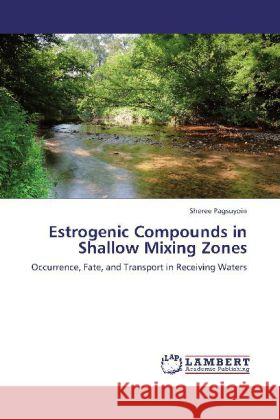Estrogenic Compounds in Shallow Mixing Zones : Occurrence, Fate, and Transport in Receiving Waters » książka
Estrogenic Compounds in Shallow Mixing Zones : Occurrence, Fate, and Transport in Receiving Waters
ISBN-13: 9783847300472 / Angielski / Miękka / 2011 / 192 str.
Estrogenic Compounds in Shallow Mixing Zones : Occurrence, Fate, and Transport in Receiving Waters
ISBN-13: 9783847300472 / Angielski / Miękka / 2011 / 192 str.
(netto: 289,00 VAT: 5%)
Najniższa cena z 30 dni: 303,45
ok. 10-14 dni roboczych
Dostawa w 2026 r.
Darmowa dostawa!
This research hoped to achieve three objectives: (1) quantify the estrogenic toxicity in small streams arising from effluent discharges; (2) develop and test a field-scale methodology and a mass transport model for assessing estrogenicity in riverine mixing zones; and (3) evaluate the impacts of various engineering control strategies for managing the estrogenicity footprint of effluent discharges in receiving streams. Over 100 water samples were collected from a shallow stream in Central Virginia receiving effluent from a municipal wastewater treatment plant. Sample analyses showed that the level of estrogenic activity in the stream is significantly higher than reported values for larger surface waters, and far exceed the threshold that induces biological response (e.g., mutation of reproductive organs) in aquatic organisms. Evaluation of various hydraulic and kinetic parameters revealed that despite the potential attenuation and dilution of estrogenic chemicals in the receiving water, improved removal in the treatment plant remains the most significant control strategy for managing estrogenic toxicity in receiving streams.











